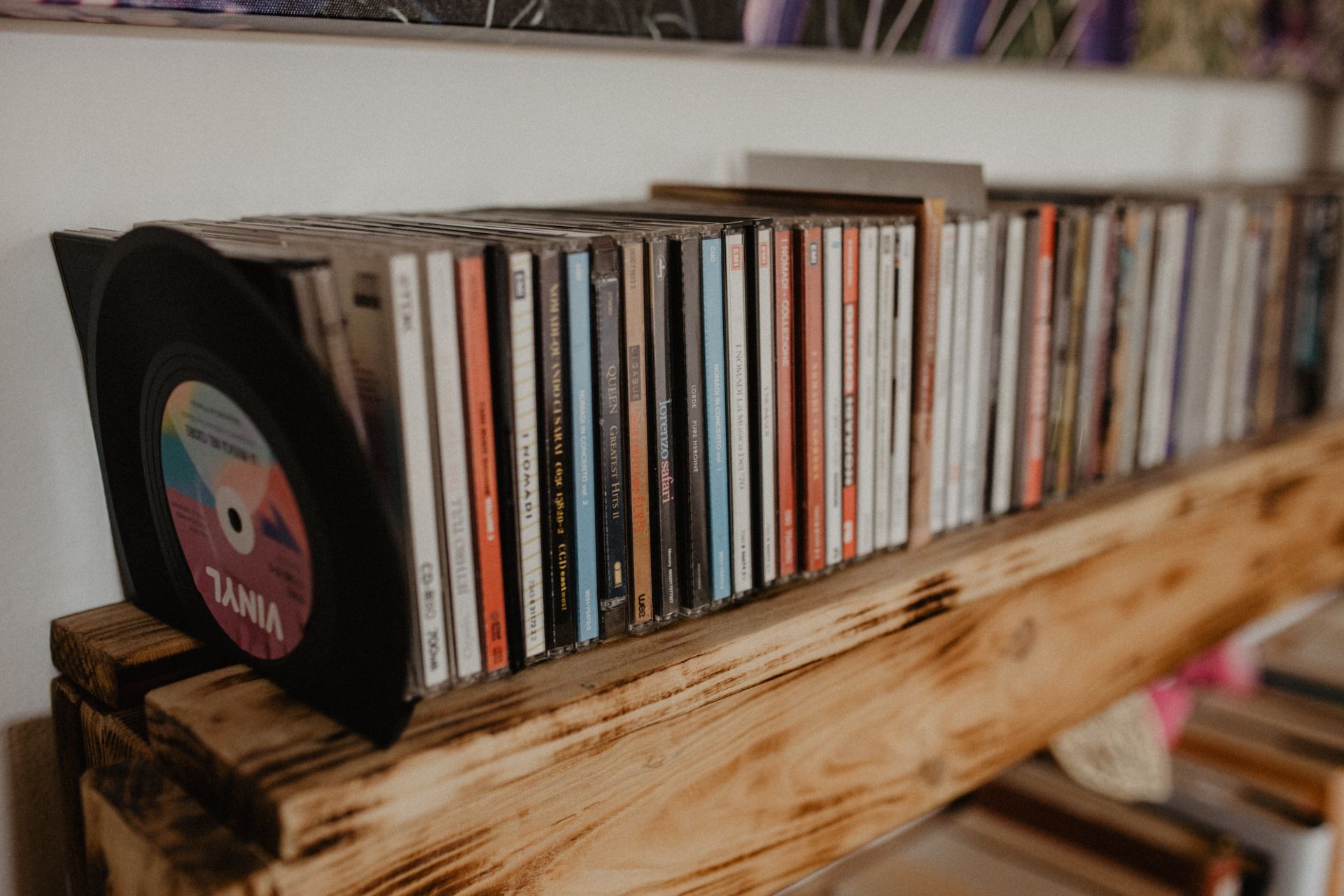From Vinyl to Digital: A Brief History of Music Formats

The history of music formats is a journey through technological advancements that have not only changed the way we listen to music but have also shaped the music industry and culture itself. From the iconic crackle of vinyl records to the convenience of streaming services, this article provides a brief overview of the evolution of music formats.
The Vinyl Record Era
The story begins with the vinyl record, which emerged as the dominant music format in the early 20th century. Introduced in the late 1940s, the 33 1/3 RPM long-playing (LP) record revolutionized the industry. Vinyl offered a high-fidelity listening experience, enabling artists to showcase their music in more detail and depth than ever before. The 45 RPM single became the standard for popular songs, providing a more accessible format for hit tracks.The 78 RPM shellac records, popular in the early 20th century, eventually faded out due to their fragility and limited capacity. Vinyl records, known for their durability and the large album cover artwork, continued to thrive through the 1960s and 1970s, becoming collectors' items and a symbol of music history.
The Cassette Tape and the Portable Revolution
In the 1960s, the compact cassette tape emerged as a portable alternative to vinyl records. Initially used for dictation, the cassette tape gained popularity in the music industry during the 1970s. It allowed for portable music playback, enabling listeners to create mixtapes and enjoy music on the go.The introduction of the Sony Walkman in the late 1970s marked a significant shift in how people consumed music. Now, music was not confined to living rooms but could be enjoyed during commutes, workouts, and daily life. The cassette era also paved the way for the do-it-yourself (DIY) culture of music, as indie bands could easily produce and distribute their music on tapes.
The CD Revolutionizes Sound Quality

In the 1980s, the compact disc (CD) revolutionized music formats. CDs offered superior sound quality, durability, and a new level of convenience with their ability to skip tracks and play continuously without interruption. The digital format allowed for easy reproduction and distribution of music.As the CD became the standard music format, vinyl records saw a decline in popularity. Many albums from earlier eras were re-released on CD, making it easier for collectors to enjoy classic music with improved audio fidelity.
The Digital Age: MP3s, Streaming, and Downloads
The late 1990s saw the emergence of digital music formats, most notably the MP3. MP3 files compressed audio data, making it feasible to store and share music digitally. This led to the rise of file-sharing platforms like Napster, which disrupted the traditional music industry by allowing users to download music for free.The 2000s brought a shift towards legal digital music distribution. Apple's iTunes Store, launched in 2003, popularized the concept of purchasing and downloading individual songs or entire albums. Simultaneously, streaming services like Spotify, Apple Music, and Pandora introduced the idea of music as a subscription-based service, allowing users to access vast music libraries for a monthly fee.
Conclusion
The history of music formats is a testament to human ingenuity and our ever-evolving relationship with music. Each format, from vinyl to digital, brought its own unique advantages and challenges. While vinyl records continue to hold a special place in the hearts of audiophiles and collectors, digital music has made listening to music more accessible and convenient than ever before.As technology continues to advance, it's exciting to think about what the future holds for music formats. From vinyl to digital, these formats have not only shaped the way we consume music but have also influenced the sound and culture of music itself. As we look back on this journey, we can appreciate how music formats have been both a reflection of their times and a driving force behind musical innovation.
